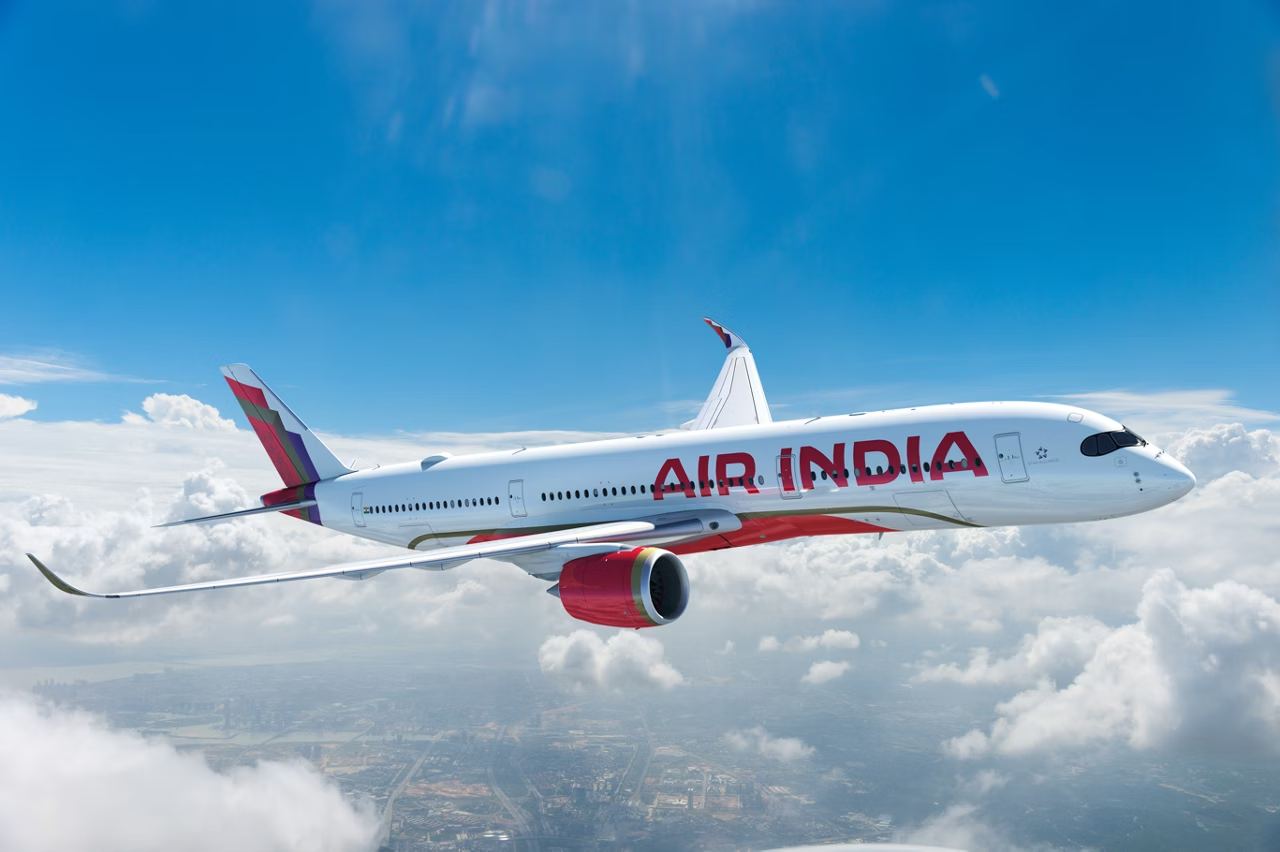This post is about the gap between what companies say and what they do. I wrote it to help you see the difference between a polished crisis response and a real commitment to change. You will get a look at the mechanics of corporate messaging versus the reality on the ground.
We will use Air India’s handling of the aftermath of its June 2025 crash as a live case study. Expect a direct breakdown of the company’s official statements against employee testimonies, regulatory findings, and evidence of systemic problems. The goal is to understand how trust is lost when actions do not align with words, and to see why what a company is matters more than what it says.
You have seen the playbook before. A crisis hits. A company scrambles. Then the messaging campaign begins. Leaders issue carefully worded statements. They talk about their deep commitment to safety and their rigorous processes. It is a performance designed to restore confidence. But what happens when the performance does not match the reality?
Air India’s response after the tragic June 2025 crash is a study in this exact problem. The company’s public relations machine went into high gear. CEO Campbell Wilson spoke of a “deliberate temporary scale-back” called a “Safety Pause” to conduct fleet inspections and accelerate improvements. He assured flyers that the airline adheres to the “highest standards of safety and care”. The airline announced it would restore full international operations by October 2025. This is the shiny surface. It is meant to be reassuring.
The reality on the ground tells a different story. The disconnect starts with the people who operate the airline. Frontline employees at Air India reported a loss of faith in management and a struggle with morale. One pilot said colleagues were looking for “leadership, accountability, change in character.” This does not sound like a workforce fully aligned with leadership’s confident messaging. It suggests a profound cultural issue that a press release cannot address.
This is where words and actions start to diverge sharply. The company’s actions toward whistleblowers are particularly telling. Two senior cabin crew members claimed they were fired for refusing to change their statements about a Boeing 787 door malfunction that happened a year before the fatal crash. They alleged Air India and regulators suppressed the incident. The airline denied the claims and said the employees were terminated for “misconduct and continuing to falsify critical information”. This conflict creates a narrative of suppression, not transparency. It makes you question what else is not being said.
Regulatory findings make the gap even wider. A DGCA audit in July 2025 found 51 safety lapses at Air India. These were not minor issues. They included seven critical safety violations, the use of unapproved flight simulators, and inadequate pilot training. Worse, there was evidence of outright deception. Air India Express allegedly provided forged maintenance records to regulators, suggesting that engine repairs were completed on time when they were not. Forging safety records is not an action that aligns with a culture of the “highest standards.”
But this problem extends beyond the airline itself. The entire safety ecosystem appears to be under strain. India’s aviation regulator, the DGCA, faces its own crisis. A parliamentary committee warned that critical staffing shortages at the agency pose “an existential threat to India’s aviation safety system.” This raises a serious question: can a compromised regulator provide effective oversight? If the watchdog itself is struggling, an airline’s internal failures are more likely to go unchecked.
This context makes the pattern of violations more alarming. Air India received nine show-cause notices in six months, indicating that regulatory actions are not yielding permanent change. An understaffed regulator also creates an environment where deception, like the alleged forging of maintenance records, becomes a viable strategy for an airline. The corporate performance is not just for the public. It may also be for a regulator that lacks the resources to look behind the curtain. This transforms the issue from a single company’s failure into a potential systemic breakdown.
This is the core of the disconnect. On one hand, you have a CEO claiming that a perceived increase in incidents is merely a result of the airline being “more transparent than usual”. On the other hand, regulators have found dozens of violations and evidence of falsified documents. You have employees who feel unheard and whistleblowers who feel punished.
This is what some experts refer to as safety theatre. It consists of measures that look good but do not address the root causes of risk. The genuine technical fixes, like fleet inspections and new training academies, are necessary. But they are undermined when the underlying culture appears broken. When actions contradict words so directly, trust evaporates. People stop listening to what you say. They only watch what you do. Air India’s challenge is not just fixing its planes. It is fixing its credibility. And that is a repair job no press release can complete.



Leave a Reply
You must be logged in to post a comment.